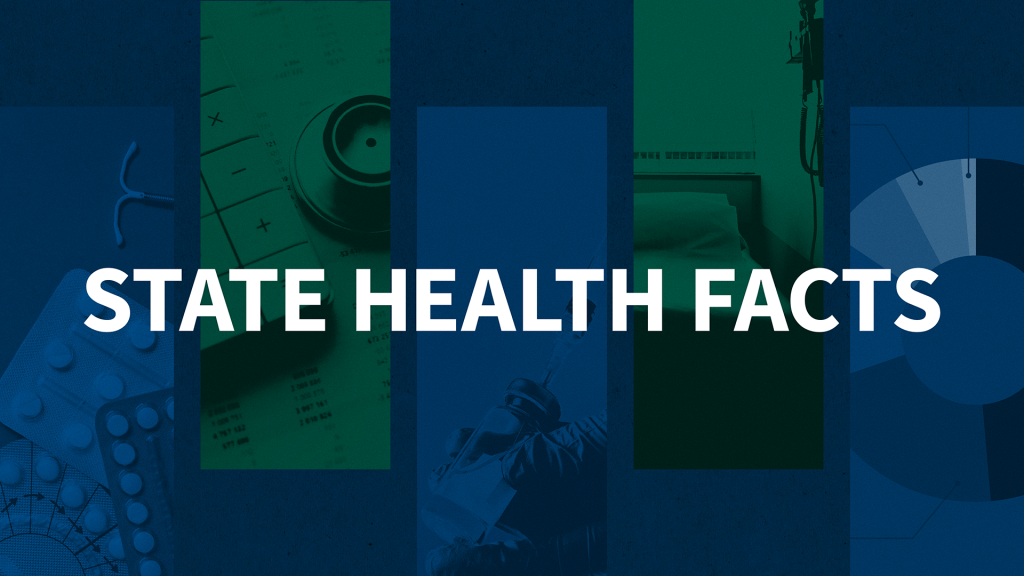Pulling It Together: The “R” Word Is Back
Longer ago than I care to admit, I got my start in health policy at M.I.T. when I wrote a book about health care regulation.
The independent source for health policy research, polling, and news.
KFF’s policy research provides facts and analysis on a wide range of policy issues and public programs.
KFF designs, conducts and analyzes original public opinion and survey research on Americans’ attitudes, knowledge, and experiences with the health care system to help amplify the public’s voice in major national debates.
KFF Health News is a national newsroom that produces in-depth journalism about health issues and is one of the organization’s core operating programs.
State Health Facts is a KFF project that provides free, up-to-date, and easy-to-use health data for all 50 states, the District of Columbia, and the United States. It offers data on specific types of health insurance coverage, including employer-sponsored, Medicaid, Medicare, as well as people who are uninsured by demographic characteristics, including age, race/ethnicity, work status, gender, and income. There are also data on health insurance status for a state's population overall and broken down by age, gender, and income.
Longer ago than I care to admit, I got my start in health policy at M.I.T. when I wrote a book about health care regulation.
The Patient Protection and Affordable Care Act (PPACA), signed into law in March 2010, made broad changes to the way health insurance will be provided and paid for in the United States.
This document contains the toplines from the June Health Tracking Poll. The survey was designed and analyzed by public opinion researchers at the Kaiser Family Foundation and was conducted June 1 through June 8, 2009, among a nationally representative random sample of 1,205 adults ages 18 and older.
This document contains the chartpack from the July Health Tracking Poll. The survey was designed and analyzed by public opinion researchers at the Kaiser Family Foundation and was conducted July 7 through July 14, 2009, among a nationally representative random sample of 1,205 adults ages 18 and older.
This issue brief examines the health care needs and health costs of individuals with special health challenges, focusing on those with low-to-moderate incomes.
This chartbook pulls together data related to state variation in key areas such as major industry types, poverty and unemployment rates and fiscal conditions; health coverage and the uninsured; Medicaid and CHIP eligibility and enrollment; Medicaid spending and financing; access to Health Care; health care costs; and insurance markets.
The current health reform debate in this country focuses heavily on providing access to affordable health coverage for the millions of people who are uninsured.
In 2009, despite the bleakest economic picture in years, states managed to safeguard and in some cases expand health coverage for children and parents in their Medicaid and Children's Health Insurance Programs, according to the Kaiser Family Foundation's annual 50-state survey of Medicaid and CHIP eligibility rules, enrollment and renewal procedures and cost-sharing Practices.
In 2009, despite the bleakest economic picture in years, states managed to safeguard and in some cases expand health coverage for children and parents in their Medicaid and Children's Health Insurance Programs, according to the Kaiser Family Foundation's annual 50-state survey of Medicaid and CHIP eligibility rules, enrollment and renewal procedures and cost-sharing Practices.
One of the first provisions that would be implemented under federal health reform bills in the House and the Senate would establish a national high-risk pool program to offer coverage to otherwise uninsurable individuals during the interim period between enactment and implementation of broader health care reforms.
© 2025 KFF
